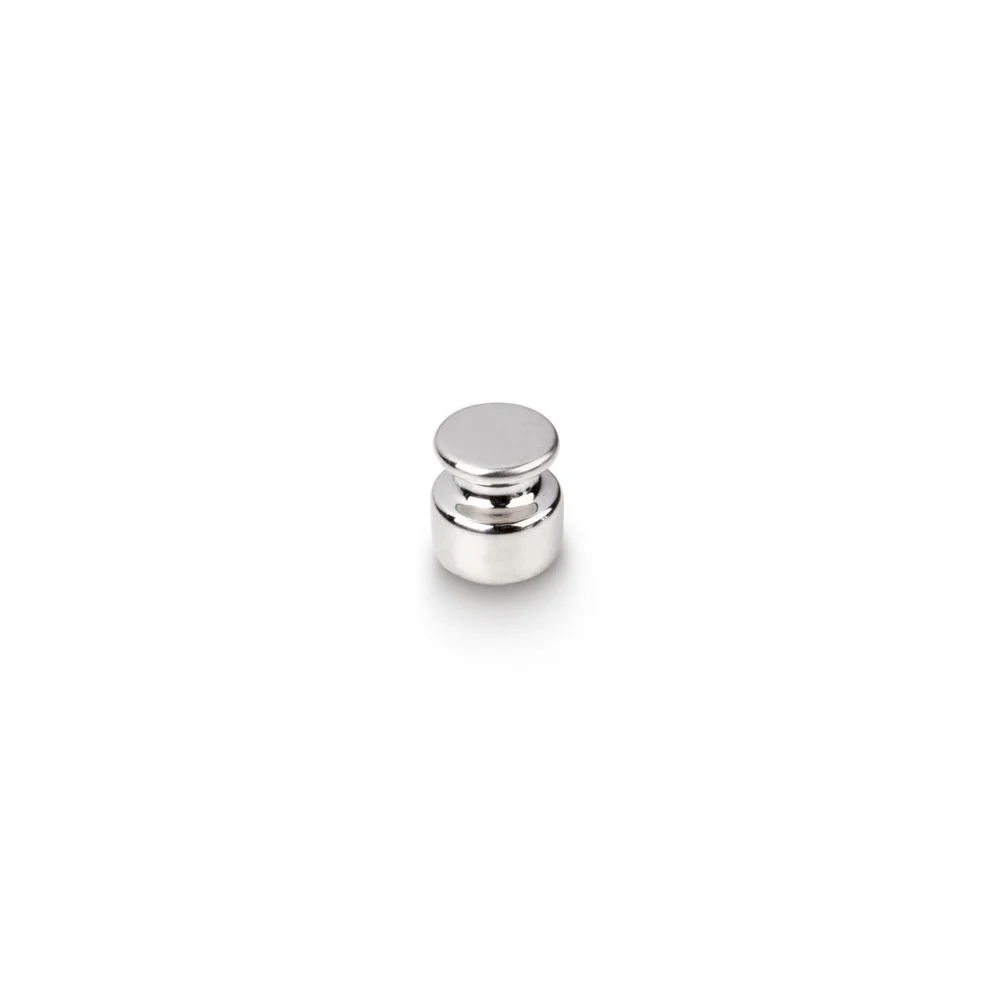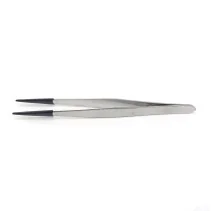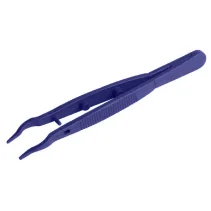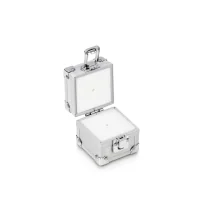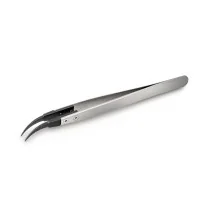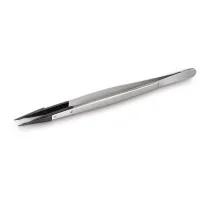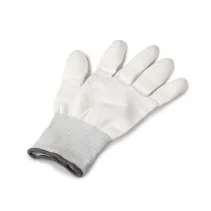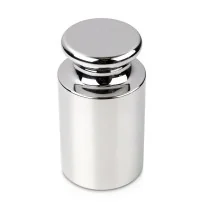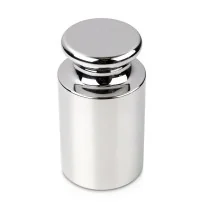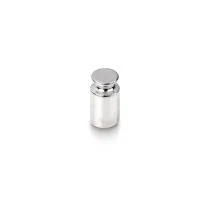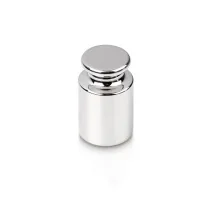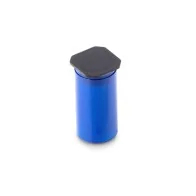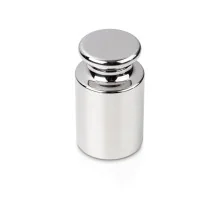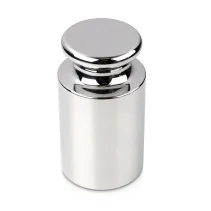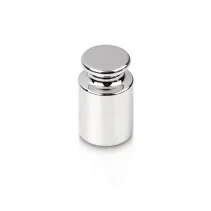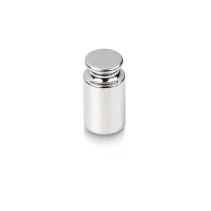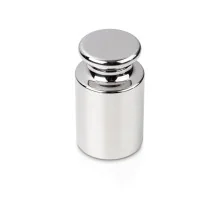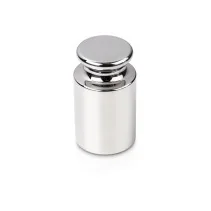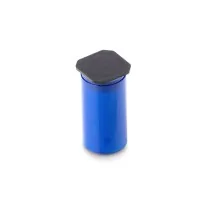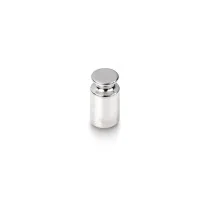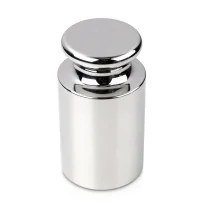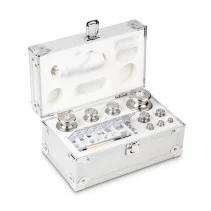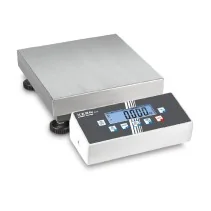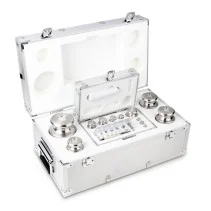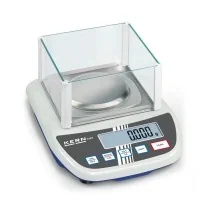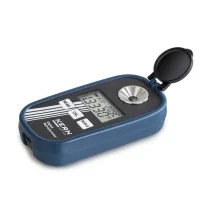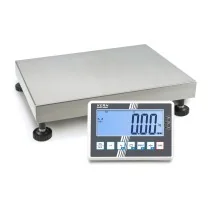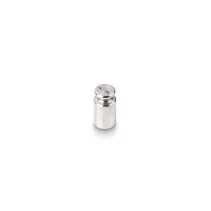Selection of the appropriate calibration weight for your balance
A balance can never be more accurate than the test weight used to adjust it, it all depends on its tolerance. The accuracy of the test weight should correspond to the readout [d] of the balance, or rather be better.
Nominal weight value is shown in adjust mode “CAL” in the balance display. Given a choice, the heaviest weight is the most suitable for accurate measurement.
Once accuracy and nominal weight value are specified, the suitable test weight is selected according to the tolerances “Tol” of the individual accuracy classes E2 – M3
Example:
Balance with weighing range [Max] 2000 g = 2 kg and readout [d] = 0,01 g = 10 mg
- The accuracy of the required test weight is determined by readout [d]: max. tolerance ± 10 mg.
- Displayed weight size on “CAL” mode: 1000 g or 2000 g. The required test weight has a 2 kg weight size.
- Suitable test weights with ± 10 mg tolerance and 2 kg weight size, can be found in accuracy class F1
Exception, analytical balances (readout [d] ≤ 0,1 mg)
E1 calibration weights are recommended. Depending on the safety requirements, E2 test weights with a calibration certificate will also be sufficient.
